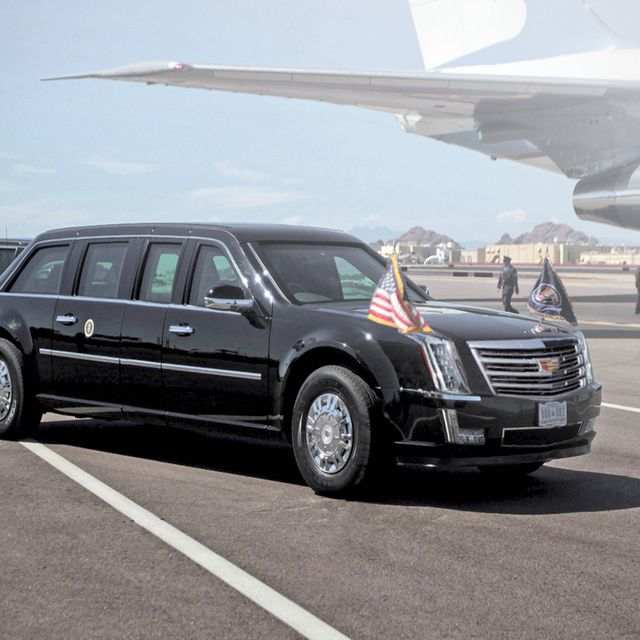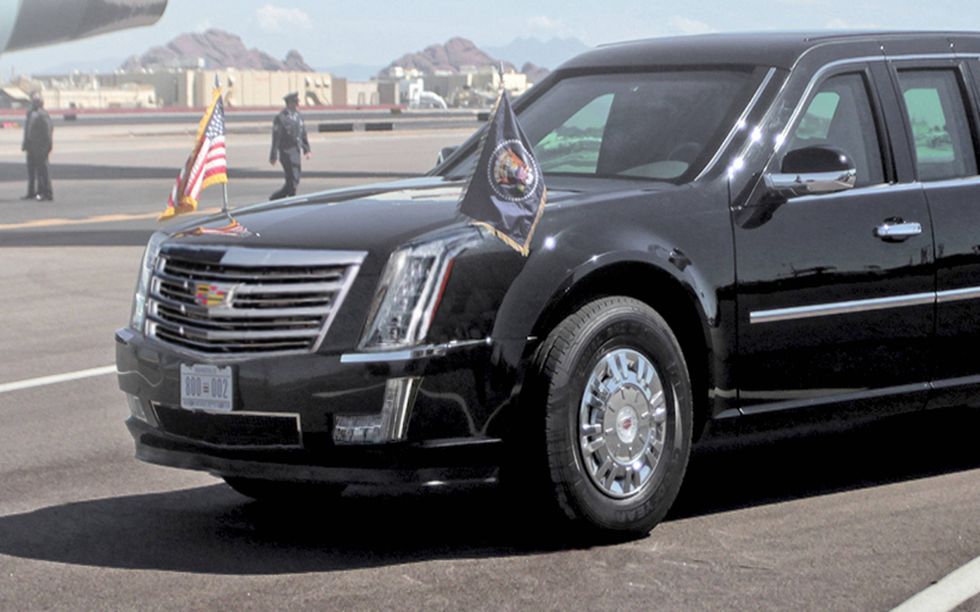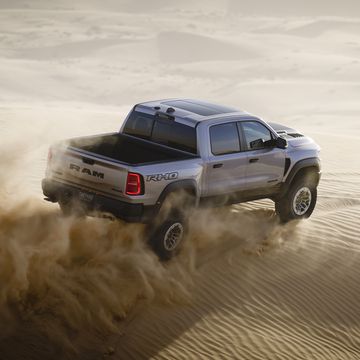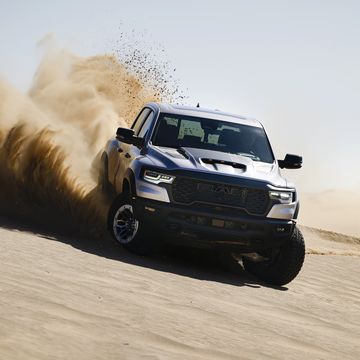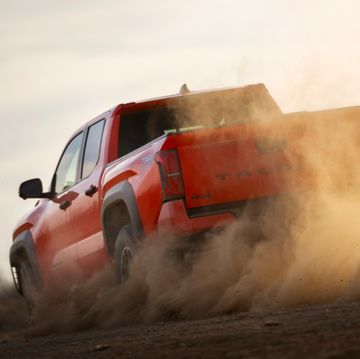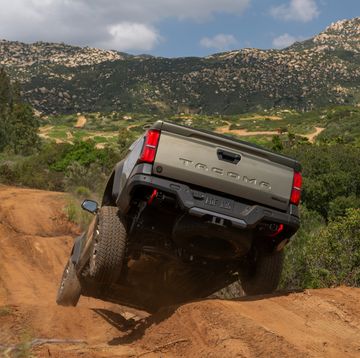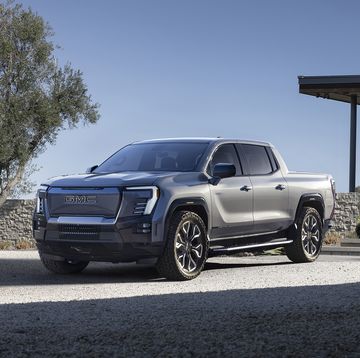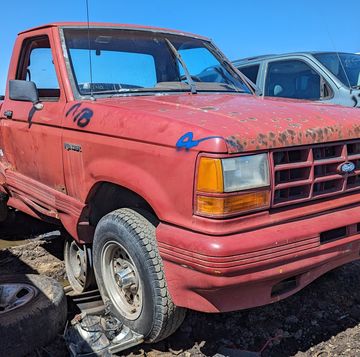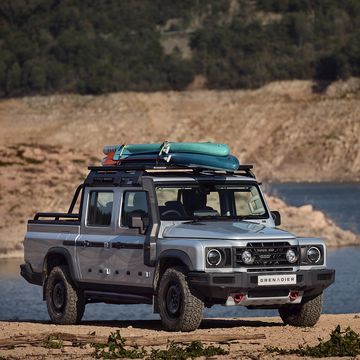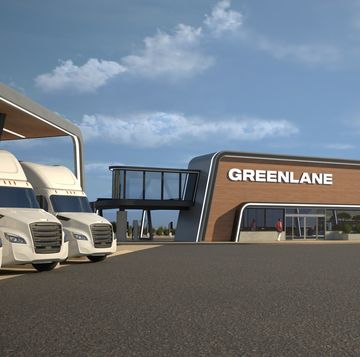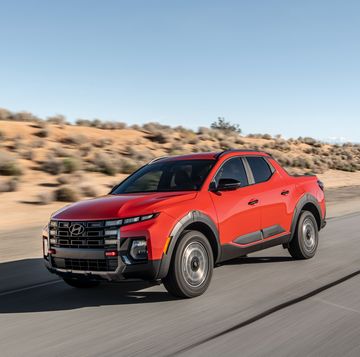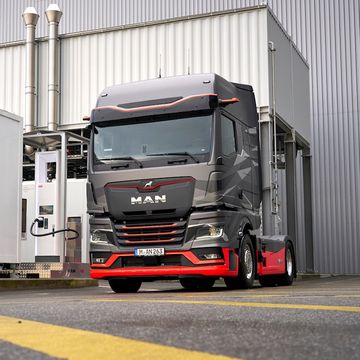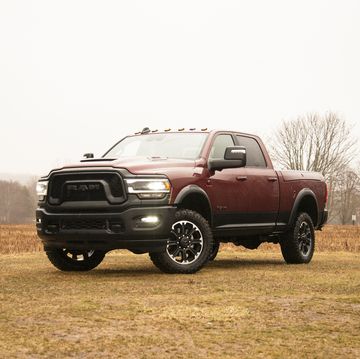Update: The White House will debut a fleet of new Cadillac presidential limousines later in 2017, as President Donald Trump will continue to use the 2009-generation Cadillac limousines built for Ex-president Barack Obama's first time in office.
More than two years have passed since the United States Secret Service posted bid requirements for a new presidential limousine, aka The Beast, and the 2017 Cadillac is just about ready to make its first public appearance. The 2017 version will replace a fleet of approximately a dozen nearly identical vehicles that have served the 44th chief executive since 2009, and prototypes of the new limo have been spotted undergoing road trials.
So what can President-Elect Trump look forward to in the 2017 Cadillac limousine?
When it comes to the exterior design and interior layout, the 2017 version may actually change the least compared to its predecessors. During the last 50 years, each generation of limousines was significant; each new version featured dramatically different styling (or a different marque altogether), while interior layouts were reworked from generation to generation. The changeover from President Bill Clinton's sedan-based Cadillac Fleetwood limousine to President George W. Bush's GMT800-based limousine was pretty significant, and the debut of the Kodiak-platform 2009 limousine for President Barack Obama's inauguration represented another major step in terms of engineering and exterior appearance.
But for 2017, the design and engineering of the presidential limousine appears to have reached a plateau of sorts; the limo cannot get any bigger, and when it comes to the interior layout the 2017 version will largely be a repeat of the 2009 limousine.
The limousine is expected to maintain the looks of a "Cadillac Escalade sedan" with a seven-seat, 2+3+2 layout meant to carry the chief executive and just a couple of aides on most journeys. The passenger compartment will still offer conference-style seating for five, and the rear passenger doors will still be positioned to the front of the rear quarter windows that will partially obscure the two rear seats.
When it comes to design our speculative rendering above shows what the 2017 version may look like, once again dipping into the Cadillac Escalade parts bin for the grille, headlights and some smaller items. The taillights are also likely to be borrowed from a current Cadillac model and incorporated into the resculpted rear fascia. And when it comes to the exterior, that's pretty much the extent of existing parts that the new limo will use; all body panels will be completely custom-fabricated. The dash and switchgear are likely to be a mix of Kodiak and Cadillac parts where feasible.
The big changes (we're not spilling any state secrets here) will be updated communications equipment and perhaps a power-adjustable suspension that will be able to raise the ride height by a few inches when needed. The likely addition of an adjustable suspension may appear in response to an embarrassing incident in which the 2009 limousine high-centered while departing the U.S. embassy in Dublin in 2011. The steep grade of the sidewalk, combined with the sheer length of the limo, conspired to trap the multi-ton tank.
Still, the 2017 limousine is unlikely to be transformed into a mobile office in a way that specially converted Mercedes-Benz vans have been, with multiple tables, screens and office equipment, including printers and multiple video-conferencing points. One of the reasons for this (aside from weight and size -- the presidential limo is not that big inside) is that the chief executive does not spend much time in the limousine. U.S. presidents have often taken Marine One to Andrews Air Force Base, and road trips inside the U.S. to which the limousines are flown to rarely last more than 30 minutes, transporting the president from Air Force One to some venue. During those times, the president is often engaged in conversation with a state's governor or aides inside the limousine, so there is rarely time to read, write or communicate via secure video.
The role of the presidential limousine, first and foremost, has been that of an armored transport between planes, helicopters and buildings, and is very likely to remain such.
Editor's note: Since some of you kids can't seem to mind your manners, comments have been disabled on this post.

Jay Ramey grew up around very strange European cars, and instead of seeking out something reliable and comfortable for his own personal use he has been drawn to the more adventurous side of the dependability spectrum. Despite being followed around by French cars for the past decade, he has somehow been able to avoid Citroën ownership, judging them too commonplace, and is currently looking at cars from the former Czechoslovakia. Jay has been with Autoweek since 2013.
